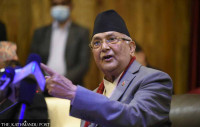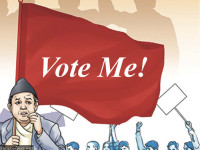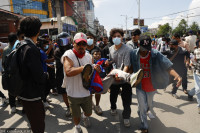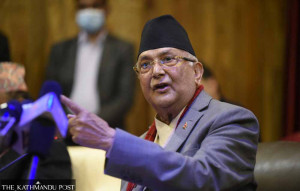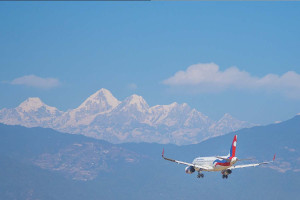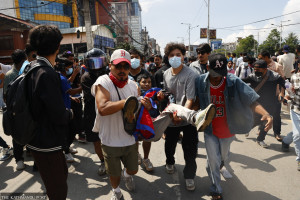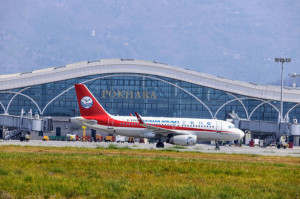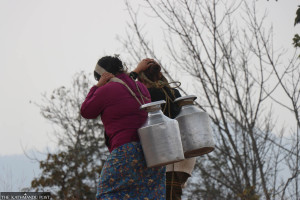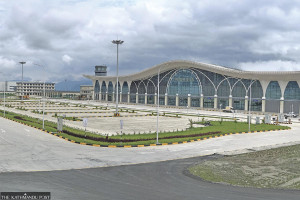Editorial
Rethinking Nepal Police
A professional, accountable and citizen-friendly police is an indispensable pillar of a healthy democracy.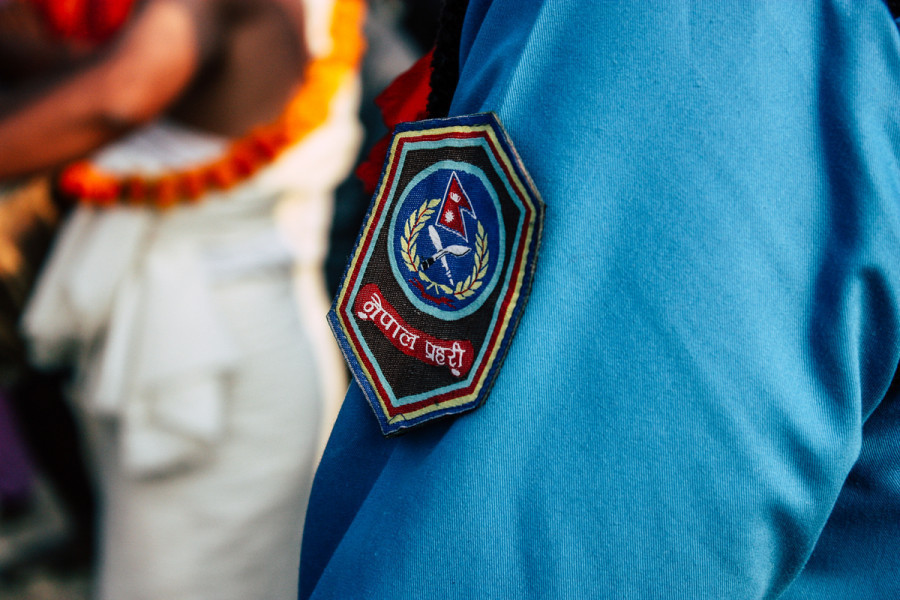
A forensic report submitted to the government by the Tribhuvan University Teaching Hospital (TUTH) has confirmed that all of the 39 protesters killed during the Gen Z protests on September 8 and 9 were shot above their waist. Studies show that rubber bullets, used widely by Nepal Police personnel for crowd control, are inherently inaccurate and can result in high morbidity and mortality. But the police are without proper crowd control equipment, nor are their personnel trained to use non-lethal crowd control strategies.
In the Post’s recent interview, former Additional Inspector General of Police Pushkar Karki highlighted how some police personnel are still using Second World War-vintage hunting rifles. Adequate resources, equipment and training boost the morale of the police force. On the other hand, their absence contributes to low morale and professionalism. Nepal Police has requested successive governments to buy them weapons, both lethal and non-lethal. But the politicisation of the procurement process has, time and again, delayed the process. How can the police do effective policing without the right equipment?
But the problem runs deeper still: For decades now, Nepal Police has been thoroughly politicised, with its upper ranks invariably filled by those with close personal connections with top politicians. Blatant political interference in appointments, transfers and promotions compromises professionalism and fosters a culture of pleasing political masters rather than serving the public. This, in turn, leads to an erosion of public trust in the organisation, something which was also evident during the September’s Gen Z-led protests when police posts were specifically targeted.
There is no alternative to adequately equipping the police if there is to be law and order. Yet there is also a need for broader reforms. The passage of a new Police Act that replaces outdated provisions and aligns better with federalism and democratic values can be the start of these reforms. Likewise, the Public Service Commission can be involved in better assessing the potential of new and old recruits, and rewarding them accordingly.
Similarly, protection of human rights and de-escalation tactics must rank high in the training needs of police personnel. People-centric policing must be fostered by encouraging active community engagement, thereby building a functional relationship between the police and the public. After all, in the aftermath of the Gen Z protests, we saw how communities around the country welcomed back police with open arms—the public, it showed, is well aware of the need for a strong and professional police force.
The vulnerabilities of the Nepal Police exposed during the Gen Z protests suggest that the challenges it faces are systemic and require a multifaceted reform effort, not a quick fix. On September 9, as the police posts were burning, there was a complete breakdown of law and order, and the Nepali Army had to step in to fill the void. There could have been no bigger humiliation for the police force or their political bosses, who had rendered the organisation hollow and ineffective. It also highlighted the indispensability of a professional, accountable and citizen-friendly police force for the functioning of a democratic society.




 7.12°C Kathmandu
7.12°C Kathmandu
